Understanding The Importance Of Defrosting Ribs
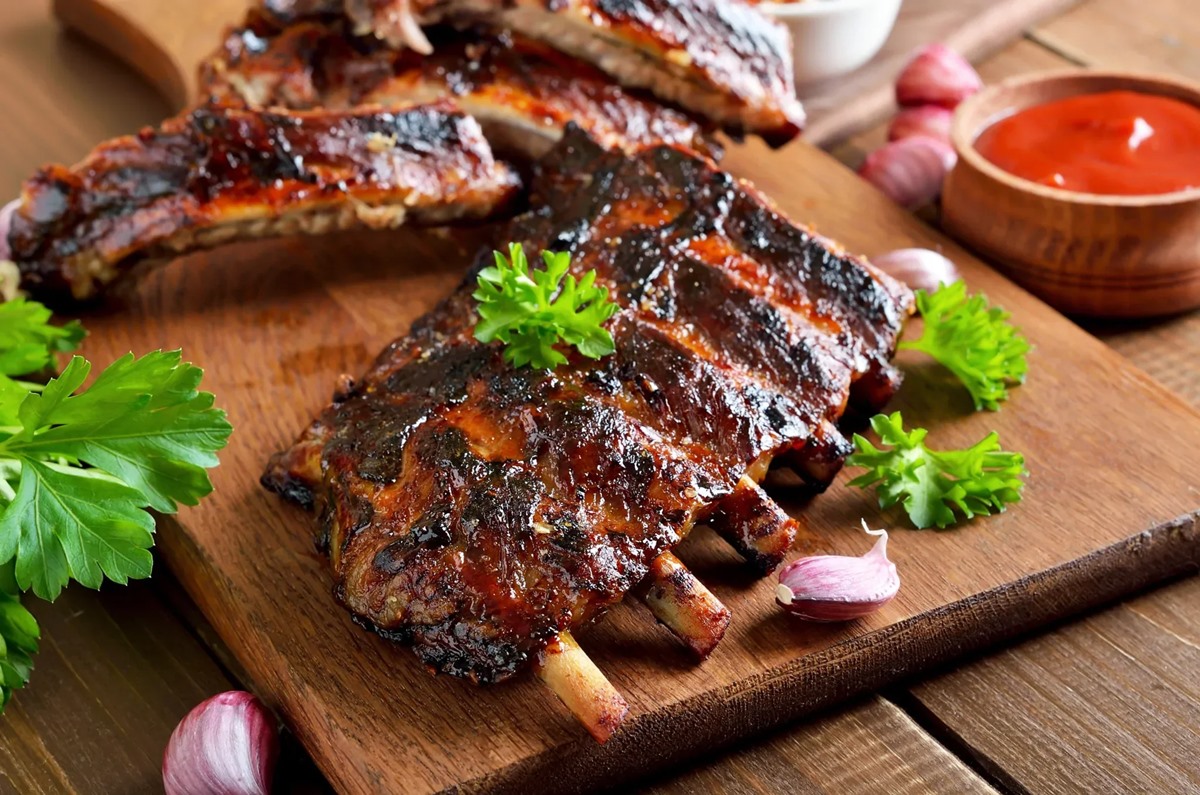
Properly defrosting ribs is an essential step in preparing them for grilling. Defrosting allows the meat to thaw evenly, ensuring that it cooks thoroughly and reduces the risk of undercooked or overcooked areas. It also promotes food safety by preventing the growth of bacteria that can thrive in partially frozen meat. Furthermore, defrosting improves the tenderness and flavor of the ribs, resulting in a more enjoyable dining experience. By taking the time to defrost your ribs properly, you can ensure that they are safe to eat and cooked to perfection on the grill.
A Why Defrosting Is Necessary For Safe Grilling
Defrosting ribs is a crucial step for safe grilling. When ribs are frozen, the internal temperature may vary, with some parts still frozen while others are thawed. This temperature difference can lead to uneven cooking, increasing the risk of foodborne illnesses from undercooked areas. Additionally, partially frozen meat can harbor bacteria, which thrive in these conditions. By properly defrosting ribs, the meat thaws evenly and reaches a consistent temperature, ensuring thorough cooking and reducing the risk of foodborne illnesses. It is essential to prioritize food safety by defrosting ribs before grilling.
B The Impact Of Improper Defrosting On The Quality Of Your Ribs
Improperly defrosting ribs can have a significant impact on the quality of your meat. When ribs are not thawed properly, they can turn out dry and tough, affecting the texture and taste of the final dish. The uneven thawing can also lead to inconsistent cooking, resulting in some parts being overcooked while others remain undercooked. This can make the ribs unpleasant to eat and increase the risk of foodborne illnesses. Additionally, rapid defrosting methods, such as using hot water or the microwave, can cause the meat to lose its natural juices and flavor. To ensure the best quality and taste, it is essential to defrost the ribs properly using safe and slow methods.
Methods For Safe Defrosting

There are two safe and effective methods for defrosting ribs: using the refrigerator and the cold water method. Defrosting in the refrigerator is the recommended method as it allows for slow, even thawing while keeping the meat at a safe temperature. Simply place the ribs on a tray or in a container and let them thaw in the refrigerator for several hours or overnight. The cold water method involves placing the ribs in a sealed plastic bag and submerging them in cold water, changing the water every 30 minutes. This method is faster but requires more supervision to maintain the water temperature below 40°F (4°C). Remember to never use hot water or the microwave for defrosting, as this can cause uneven cooking and potential health risks.
A Defrosting In The Refrigerator
Defrosting ribs in the refrigerator is the safest and most recommended method. To defrost ribs in the refrigerator, simply place them on a tray or in a container and let them thaw slowly and evenly for several hours or overnight. This method allows the meat to defrost at a safe temperature, ensuring the ribs retain their quality and texture. It is important to note that defrosting in the refrigerator takes more time compared to other methods, so it is essential to plan ahead and give yourself enough time for proper thawing.
B Using The Cold Water Method
To defrost ribs using the cold water method, follow these steps:
- Place the frozen ribs in a leak-proof plastic bag to prevent water from seeping in.
- Fill a clean sink or large bowl with cold water.
- Submerge the bagged ribs in the cold water, ensuring that they are fully covered.
- Change the water every 30 minutes to maintain a consistent cold temperature.
- Continue this process until the ribs are completely thawed. This method typically takes 1-2 hours depending on the size and thickness of the ribs.
- Once thawed, cook the ribs immediately or refrigerate them for later use.
It is important to note that this method requires close monitoring to ensure that the water remains cold throughout the thawing process.
Defrosting Ribs In The Refrigerator
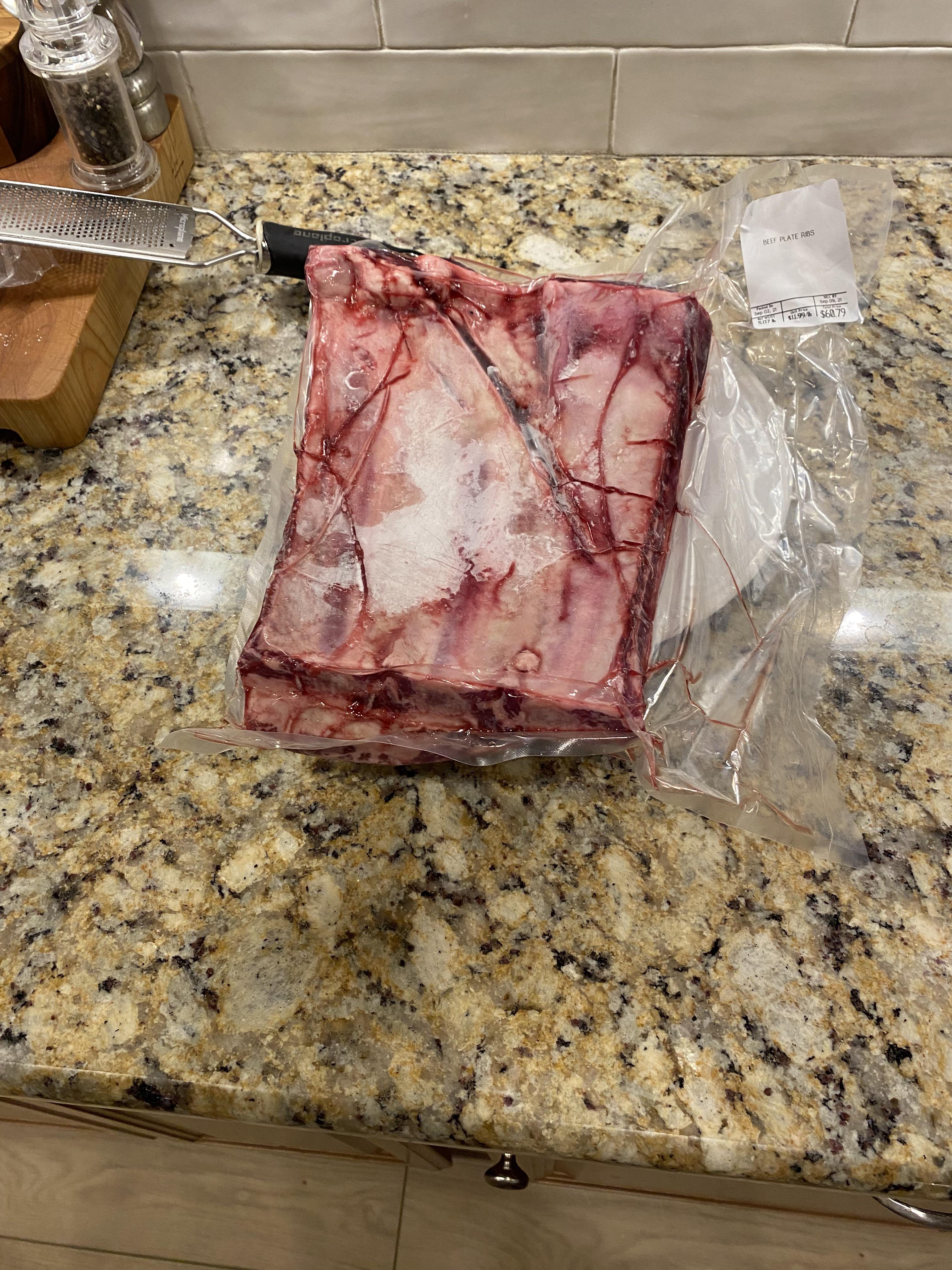
Defrosting ribs in the refrigerator is the safest and most recommended method. To defrost ribs in the refrigerator, follow these simple steps:
- Place the frozen ribs in a leak-proof plastic bag to prevent any leakage.
- Put the bagged ribs on a plate or tray to catch any potential drips.
- Place the plate or tray with the ribs in the refrigerator.
- Allow the ribs to thaw in the refrigerator for 24 to 48 hours, depending on their size and thickness.
- Once thawed, cook the ribs immediately or refrigerate them for later use.
Thawing ribs in the refrigerator ensures a slow, even thaw, preserving the quality and flavor of the meat.
A Step-by-step Guide For Defrosting Ribs In The Refrigerator
When it comes to safely defrosting ribs for grilling, using the refrigerator is the best method. Here is a step-by-step guide on how to defrost ribs in the refrigerator:
- Place the frozen ribs in a leak-proof plastic bag to prevent any leakage.
- Place the bagged ribs on a plate or tray to catch any potential drips.
- Put the plate or tray with the ribs in the refrigerator.
- Allow the ribs to thaw in the refrigerator for 24 to 48 hours, depending on their size and thickness.
- Once fully thawed, cook the ribs immediately or refrigerate them for later use.
Following these steps will ensure a slow and even thaw, preserving the quality and flavor of your ribs.
B Tips And Tricks For Optimal Results
To achieve optimal results when defrosting ribs, here are some helpful tips and tricks:
- Plan ahead: It’s important to allow enough time for the ribs to thaw in the refrigerator. Remember to factor in 24 to 48 hours depending on the size and thickness of the ribs.
- Use proper packaging: Place the ribs in a leak-proof plastic bag to prevent any leakage and to preserve the quality and flavor of the meat.
- Keep the refrigerator clean: Ensure that the refrigerator is clean and at the proper temperature (below 40°F) to prevent the growth of bacteria.
- Handle with care: When placing the ribs in the refrigerator, make sure they are on a plate or tray to catch any potential drips and to avoid cross-contamination with other foods.
- Avoid refreezing: Once the ribs are thawed, cook them immediately or refrigerate them for later use. Avoid refreezing thawed ribs to maintain their texture and flavor.
By following these tips and tricks, you can ensure that your defrosted ribs are safe, flavorful, and ready for the grill.
Defrosting Ribs Using The Cold Water Method
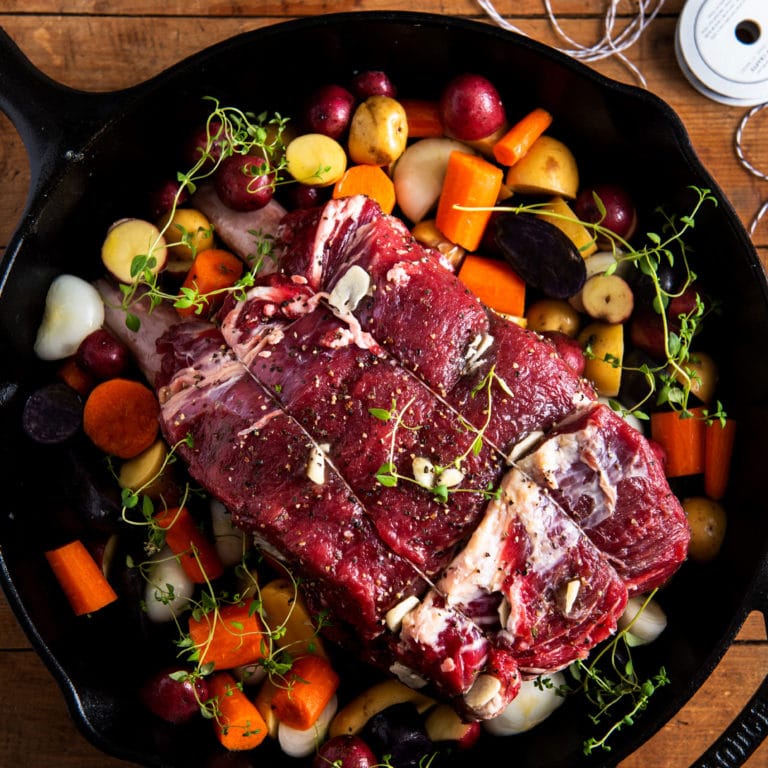
To defrost ribs using the cold water method, start by placing the frozen ribs in their original packaging to prevent water from getting inside. Then, fill a large bowl or sink with cold water and submerge the ribs. Change the water every 30 minutes to ensure it stays cold. It usually takes 1 to 3 hours to thaw ribs using this method, depending on their size. Once the ribs are fully thawed, cook them immediately to ensure food safety. Remember to handle the ribs properly to avoid cross-contamination and maintain their quality.
A Step-by-step Guide For Defrosting Ribs Using The Cold Water Method
- Start by placing your frozen ribs in their original packaging to prevent water from getting inside.
- Fill a large bowl or sink with cold water and submerge the ribs.
- Change the water every 30 minutes to ensure it stays cold.
- It usually takes 1 to 3 hours to thaw ribs using this method, depending on their size.
- Once the ribs are fully thawed, cook them immediately to ensure food safety.
- Remember to handle the ribs properly to avoid cross-contamination and maintain their quality.
B Precautions To Ensure Food Safety During The Process
During the process of defrosting ribs, it is crucial to take certain precautions to ensure food safety. Here are some important measures to follow:
- Keep the ribs packaged: It is essential to keep the ribs in their original packaging to prevent water from entering and potentially contaminating the meat.
- Change the water regularly: When using the cold water method, make sure to change the water every 30 minutes to maintain its cold temperature and prevent bacteria growth.
- Cook immediately after thawing: Once the ribs are fully thawed, cook them immediately to minimize the risk of bacterial growth. Avoid leaving them at room temperature for an extended period.
- Practice proper handling: Always wash your hands thoroughly before and after handling raw meat to avoid cross-contamination. Use separate cutting boards and utensils for raw and cooked food.
By following these precautions, you can ensure the safety of your food and enjoy delicious and safe-to-eat ribs.
Preparing Ribs For Grilling After Defrosting
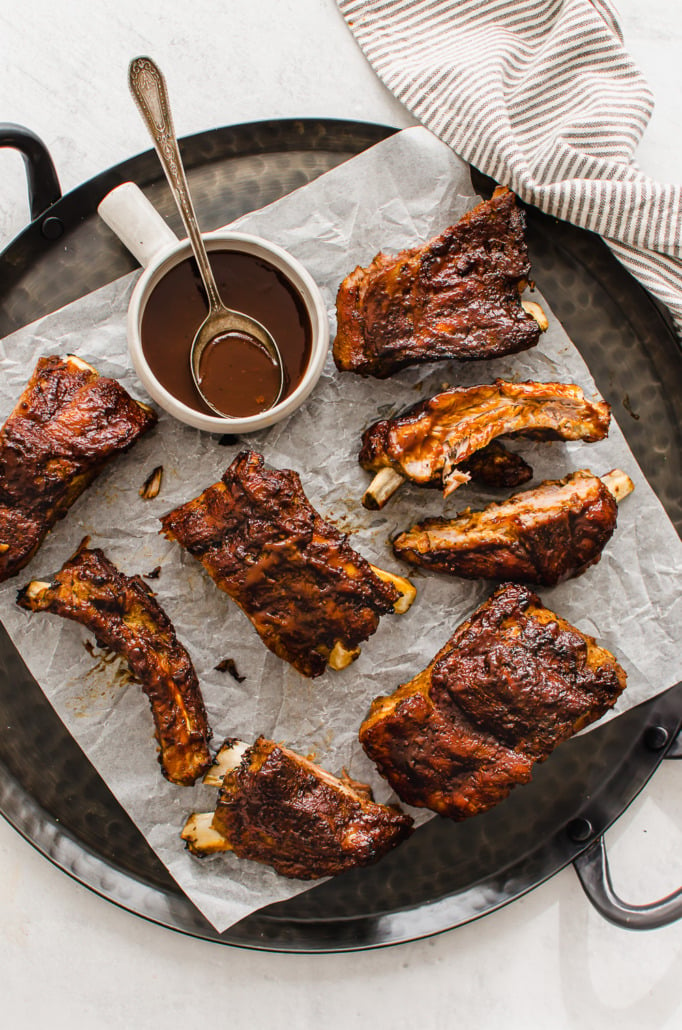
After defrosting the ribs, it’s important to properly prepare them for grilling to ensure a mouthwatering and flavorful BBQ experience. Here are some tips for preparing ribs for grilling:
- Marinades, rubs, and seasonings: Enhance the flavor of your ribs by marinating them in your favorite marinade or applying a dry rub. Let the ribs marinate for at least an hour or overnight in the refrigerator to allow the flavors to penetrate the meat.
- Preheating the grill: Before grilling the ribs, preheat your grill to medium-high heat. This ensures even cooking and helps to develop a delicious char on the outside of the ribs.
- Setting up the cooking environment: Create two cooking zones on the grill – one for direct heat and one for indirect heat. Place the ribs over indirect heat to allow them to cook slowly and evenly.
By following these steps, you’ll be able to prepare your thawed ribs for grilling and enjoy a flavorful and delectable BBQ experience.
A Marinades, Rubs, And Seasonings For Enhancing Flavor
When preparing your ribs for grilling after defrosting, adding marinades, rubs, and seasonings can take the flavor to the next level. Marinades infuse the meat with a delicious blend of flavors, while rubs create a crust that adds texture and taste. Experiment with different marinades, such as BBQ sauce, garlic and herb, or teriyaki, to find your favorite. For rubs, mix together a combination of spices like paprika, brown sugar, salt, and pepper. Allow the ribs to marinate for at least an hour or overnight to let the flavors penetrate the meat.
B Preheating The Grill And Setting Up The Cooking Environment
To ensure even cooking and to prevent sticking, it is crucial to preheat the grill before placing the defrosted ribs on it. Preheating the grill allows for the proper temperature to be reached, resulting in a beautifully seared and juicy final product. It is recommended to preheat the grill to medium-high heat, around 350-400 degrees Fahrenheit. While the grill is preheating, it is also important to clean the grates and oil them to prevent the ribs from sticking. Creating a clean and well-oiled cooking environment will contribute to a successful grilling experience.
Conclusion
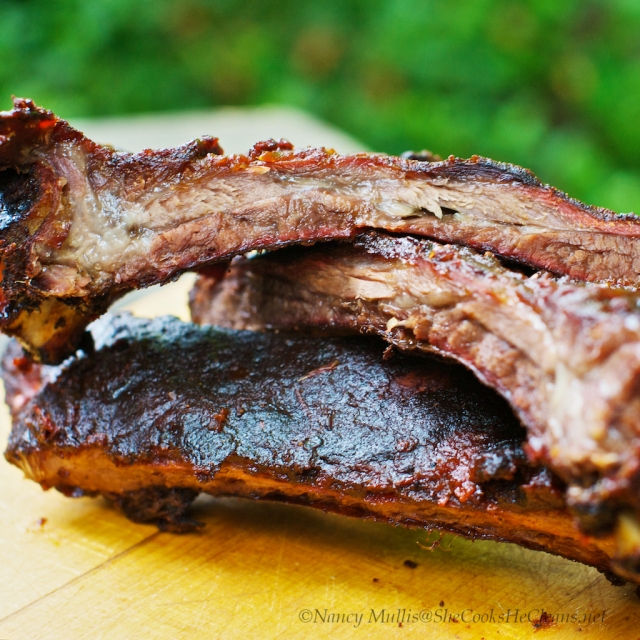
In conclusion, proper defrosting of ribs is crucial for safe and delicious grilling. By understanding the importance of defrosting, using the right methods, and following precautions, you can ensure that your ribs are cooked evenly and to perfection. Whether you choose to defrost in the refrigerator or using the cold water method, it is important to prioritize food safety throughout the process. Additionally, preparing the grill and setting up the cooking environment properly enhances the overall grilling experience. With these tips and reminders, you can confidently defrost your ribs and enjoy a flavorful and satisfying meal.
A Benefits Of Proper Defrosting For Safe And Delicious Grilled Ribs
Proper defrosting of ribs is essential for several reasons. Firstly, it ensures that the meat is thawed uniformly, allowing for even cooking and preventing any raw or undercooked portions. This helps to eliminate the risk of foodborne illnesses. Additionally, defrosting the ribs properly enhances their flavor and tenderness. By allowing the meat to thaw slowly and gently, the natural juices are preserved, resulting in juicy and flavorful ribs. So, taking the time to defrost your ribs properly not only guarantees safety but also ensures a delicious and satisfying grilled meal.
B Final Tips And Reminders For Defrosting Ribs Safely
Here are some final tips and reminders to ensure safe and successful defrosting of ribs:
- Plan ahead: Defrosting ribs takes time, so make sure to plan accordingly and allow enough time for the ribs to thaw properly.
- Keep the ribs sealed: To prevent cross-contamination and maintain food safety, keep the ribs in their original packaging or place them in a sealed plastic bag while defrosting.
- Avoid room temperature thawing: Never defrost ribs at room temperature, as it can promote bacterial growth. Stick to approved methods such as the refrigerator or cold water method.
- Use a food thermometer: After defrosting, use a food thermometer to ensure that the internal temperature of the ribs reaches at least 145°F (63°C) for safe consumption.
- Cook immediately: Once the ribs are thawed, grill them immediately to prevent any bacterial growth and ensure the best flavor and texture.
By following these tips, you can safely defrost your ribs and enjoy a delicious and worry-free BBQ experience.
Frequently Asked Questions: Defrosting Ribs
Q: Why is it important to defrost ribs properly?
A: Properly defrosting ribs ensures even and thorough cooking, reduces the risk of foodborne illnesses, and maintains the best texture and flavor.
Q: What is the easiest way to defrost ribs?
A: The best and safest way to defrost ribs is to plan ahead and allow them to thaw slowly in the refrigerator.
Q: How long does it take to defrost ribs in the refrigerator?
A: On average, it takes 24 to 48 hours to defrost ribs in the refrigerator, depending on the thickness and weight of the meat.
Q: Can I defrost ribs in the microwave?
A: While it is possible to use the microwave for defrosting, it is not ideal for ribs as they may partially cook or become tough.
Q: What if I forgot to take the ribs out of the freezer in advance?
A: If you need to defrost ribs quickly, you can use the cold water method. Place the ribs in a leak-proof plastic bag and submerge them in cold water. Change the water every 30 minutes until the ribs thaw completely.
Q: Can I defrost ribs at room temperature?
A: It is not recommended to defrost ribs at room temperature as it can lead to uneven defrosting and create a breeding ground for bacteria.
Q: How should I store ribs while they are defrosting in the refrigerator?
A: To minimize the risk of cross-contamination, place the ribs on a tray or in a leak-proof bag to catch any drippings.
Q: Is it safe to refreeze ribs if I couldn’t use them after defrosting?
A: It is generally safe to refreeze ribs if they have been thawed properly in the refrigerator. However, the quality may be slightly compromised after being frozen twice.
Q: Can I cook ribs directly from frozen?
A: While it’s possible to cook ribs from frozen, it will require significantly more time and the results may not be as tender and juicy as properly defrosted ribs.
Q: What is the best way to defrost leftover cooked ribs?
A: The safest way to defrost leftover cooked ribs is in the refrigerator. Simply transfer them from the freezer to the fridge and let them thaw for 12 to 24 hours before reheating.
Remember, following proper defrosting methods is essential to ensuring the safety and taste of your ribs. By allowing them to thaw slowly in the refrigerator, you can maintain their quality and enjoy delicious, well-cooked ribs every time.
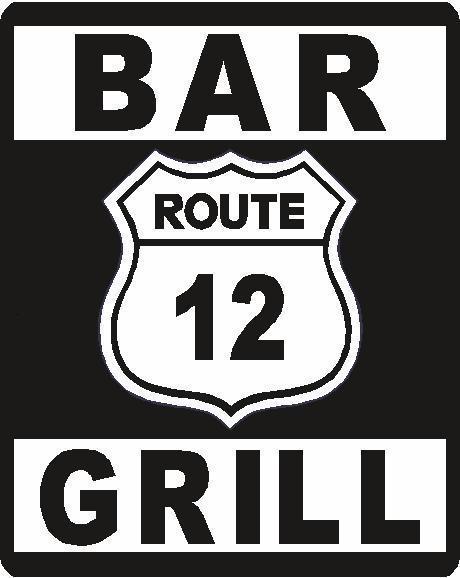
Come for The Burgers… Stay for The Beers!